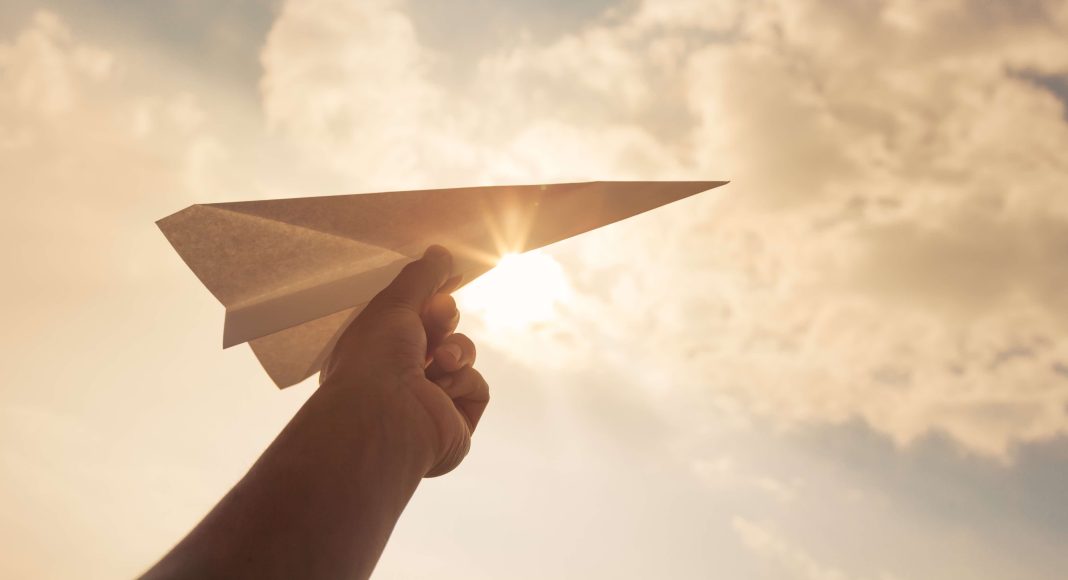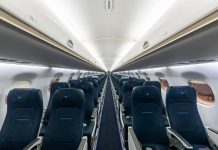The biggest, the smallest, the heaviest, the strongest, the most resistant: today we’re talking about records. Flying records, of course.
Some aeroplane records are considered milestones in terms of aviation, changing the world and revolutionising transport and communication. Such as the first commercial flights from London to Paris and Berlin – Leipzig – Weimar between 1910 and 1913 or the first transcontinental flight from London to New York in 1959. Other Guinness World Records were recorded during political and historical events, such as the Boeing 747 which evacuated 1088 Ethiopian Jews to Israel (more than double its capacity) during the so-called “Operation Solomon”; the largest number of passengers in history.
Other records seem like questions on a TV quiz show… What was the first movie played on an aeroplane? It was shown to passengers of the Handley-Page bomber in April 1925. The movie was “The Lost World” by Harry Hoyt, a full-length film about dinosaurs, forefather of Jurassic Park. Which was the first TV station to transmit at high-altitude? NBC in 1940. They shot 45 minutes from the cockpit of an aeroplane flying at 20,000 foot (6096 m).
But Guinness World Records also make room for pioneers, amateurs and eccentric people.
John Kalusa, in Arizona, had a collection of 5737 wooden aeroplane models that he created from 1936 onwards. Takuo Toda from Japan managed to fly a paper aeroplane for 29.2 seconds. But the American John Collins flew one for 69.14 metres (227 ft) and now organises events and company team building activities in which he teaches people to turn an A4 sheet of paper into a record-breaking paper plane.
The Australian Greg Shalless, on the other hand, surpasses Collins with his most consecutive catches of a returning paper boomerang aircraft (318).
Finally, there are flying records concerning the personal lives of passengers. The German man Sven Hagemeier managed to make his twenty-six birthday last 46 hours by flying from Auckland to Honolulu, with a stopover in Brisbane.




